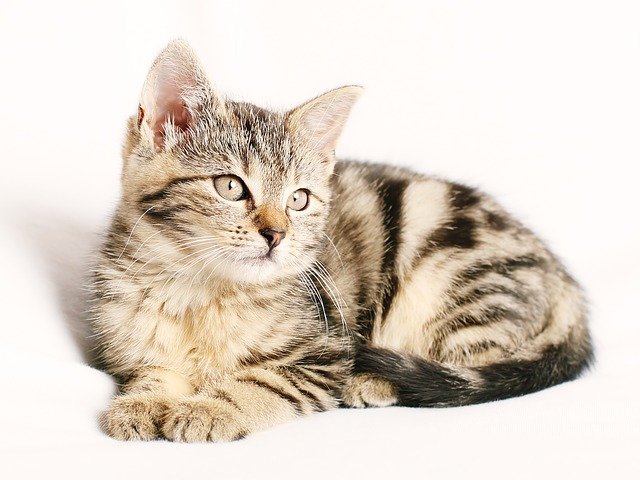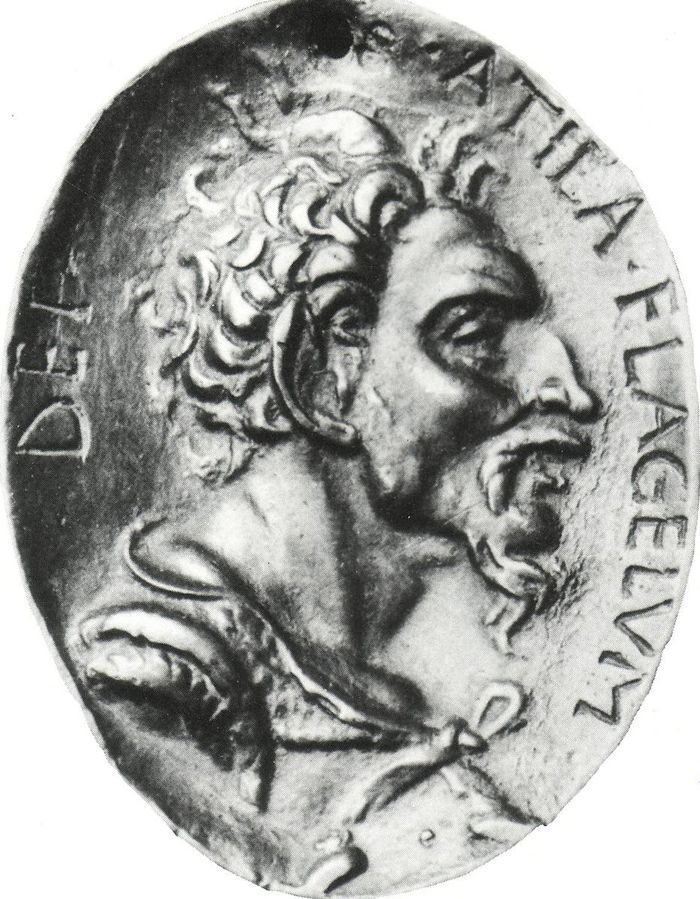Brief History of Cats 🙀

Contents
The history of cats is the history of the domestic cat, whose scientific name is Felis Catus, lives among us, which has been attested, for more than four thousand years.
Its closest relative, among the animal fauna, is the genet, a carnivore that lives in the most tropical forests of Africa.
It is known that the ancient Egyptians, given the importance of corn in their economy, encouraged coexistence with wild cats in order to reduce the proliferation of rodents (rats and mice) in their crops.
(spanish)
We are in the year 1580 before Christ, at which time the cult around the cat begins, centered on the goddess Bast, the representation of a woman with the head of a feline that was the symbol of fertility and motherhood.
The truth is that the cat for the ancient Egyptians was not only a useful hunter who defended the crops, it also began to be a good companion, a pet, while playing a role of certain importance in religious ceremonies.
Cats were also mummified, curiously, at the end of the 19th century – the most important moment of Egyptian excavations – hundreds of thousands of mummified cats were discovered, especially in the excavations carried out in Beni Hasan; cats that were not more than two years old and that for the most part drowned.
Such amount of archaeological remains were used as fertilizers upon arrival in Liverpool, with only one head remaining today.
Also in China, around the year 500 BC, the figure of the cat appears recorded in its historical annals. Where the legend of the bad luck offered by the black cat comes from. For the luck of the felines, in the Buddhist religion, the animal appears as sacred.
Bad luck for cats in the Middle Ages
In the Middle Ages, and in more modern societies, the cat did not suffer the same fate. Medieval western European society showed certain resentments towards felines, distrust and suspicion that the Church related to pagan beliefs, incriminating them in an absurd way with witchcraft. It was believed that witches could transform themselves into cats, many of them being burned in public in the days of Tudor England, for being “symbols of heresy or slaves of the devil.”
After the dark Middle Ages, well into the seventeenth century, the cat began to occupy the domestic position that it currently has. The first National Cat Show took place in England in 1871. A few years later, in 1887, the National Cat Club was born in the same country.
Interestingly, in 1895, the cat was officially introduced to the United States of America, with its first official Exhibition being held in New York City.
The inventor of the cat flap, the illustrious Isaac Newton
As a curiosity it should also be noted that Isaac Newton was the inventor of the cat flap, the small door that allows cats to enter and leave homes as they please, something important considering the great independence that these animals show. Queen Victoria is also blamed, already in 19th century England, for the importance of popularizing the cat as a companion animal, as the owner of two blue Persian cats.
Already in the twentieth century, the importance of the cat that was given as a crucial element in the prevention of rodent pests, given the proliferation of chemical agents capable of controlling them, its position or role in Western societies began to acquire the role of pet, companion.
As an example, it should be noted that according to official records, in the United Kingdom, in 1985 there were already almost six million domestic cats, compared to the slightly more than six million dogs that inhabited their homes.
At the end of the 20th century, in the United States, about thirty percent of households had the company of a feline.
The benefits of having a cat around
It has been noted as virtues of cats in their ability to reduce the stresses of modern life, being an important support in the social development of children, encouraging their ability to offer affection and affection, while receiving it.
Similarly, cats are considered to be an important source of companionship for older people, to a greater degree, since they do not require the activity and dynamism of a dog, while at the same time they behave with the best virtue of a dog. faithful companion, although independent.
Finally, cats know how to drive away dangerous animals such as rats, transmitters of many diseases; something that cats achieve even with their very presence.






